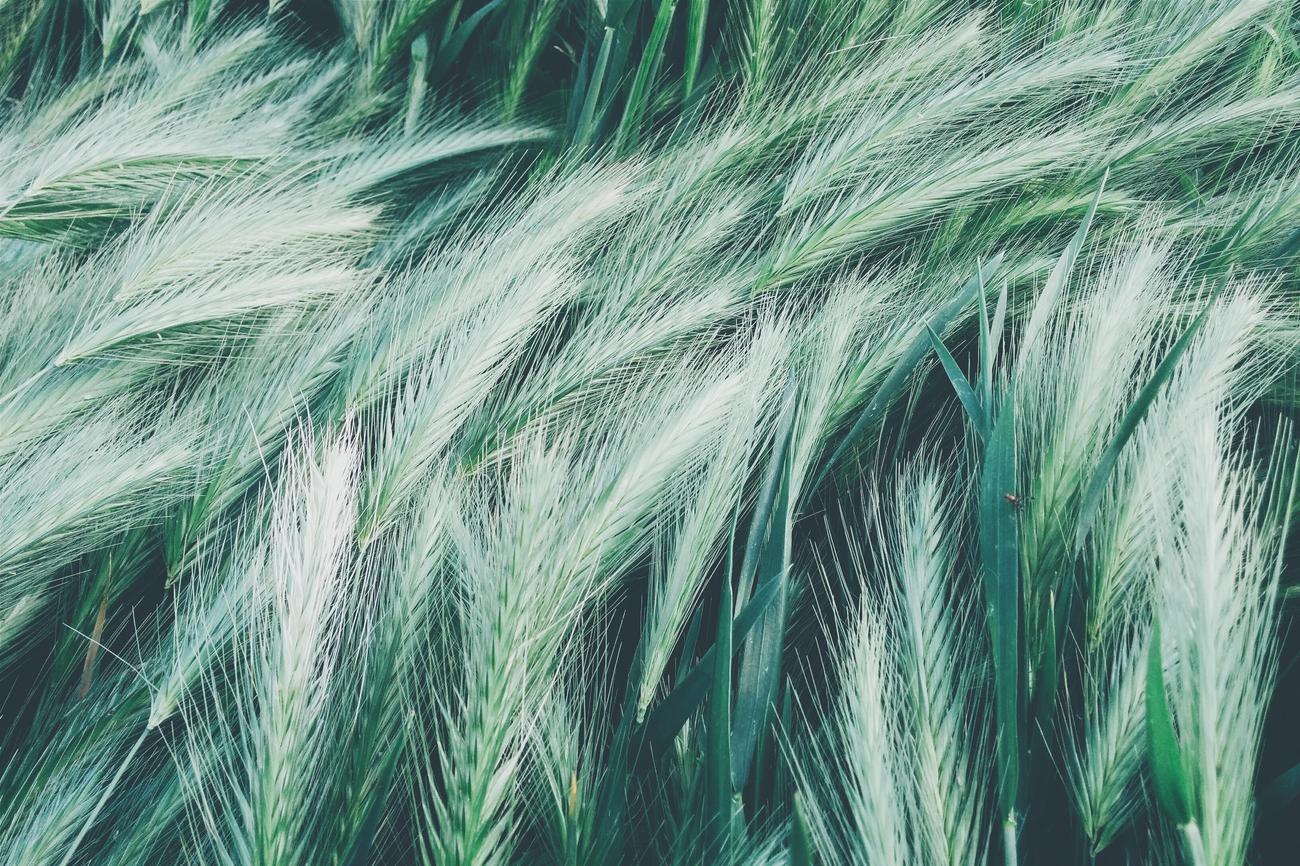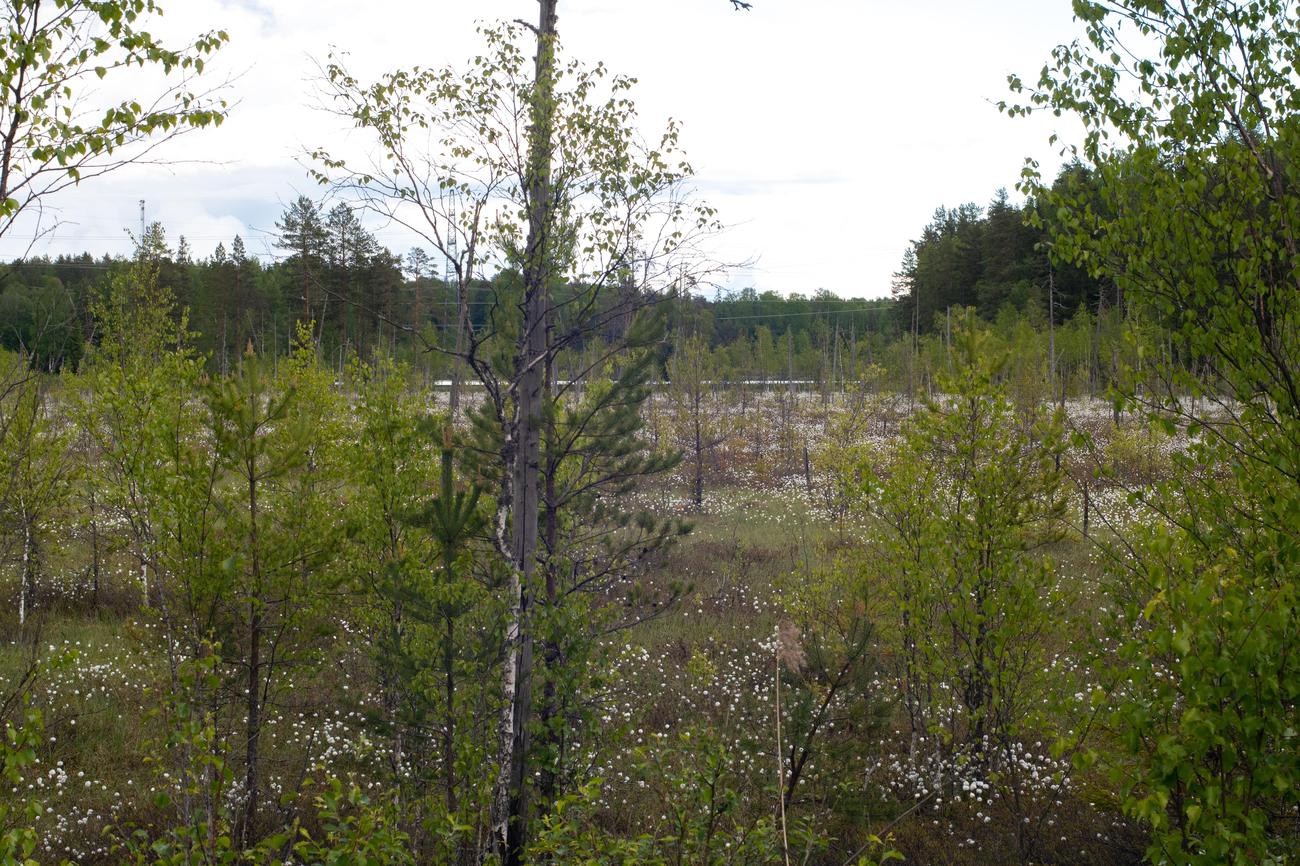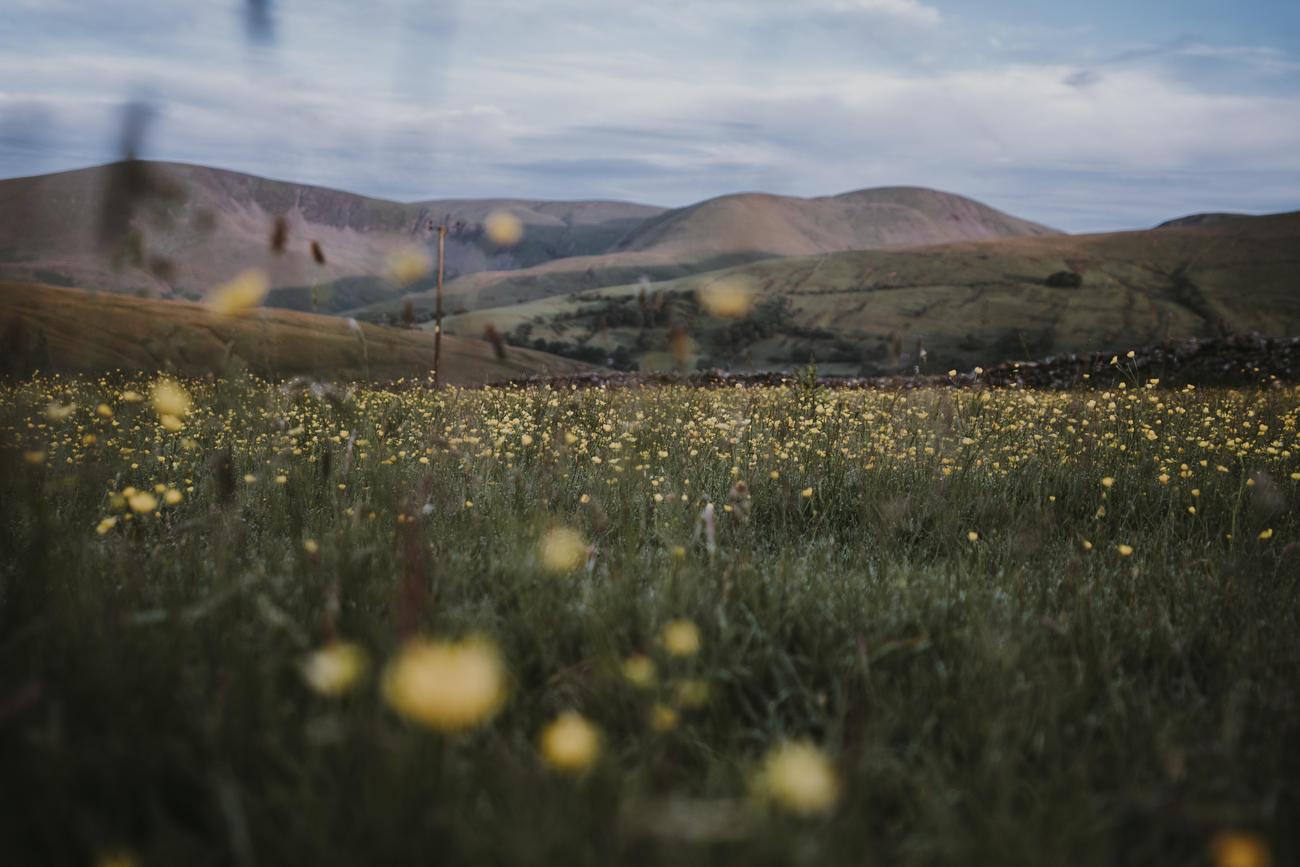Are you ready to delve into the intriguing world of cotton grass? Brace yourself for three mind-boggling facts that will leave you in awe of nature’s wonders. In this article, we will unravel the secrets of this unique plant, exploring its captivating characteristics and shedding light on its lesser-known curiosities. From its remarkable adaptations to its vital role in delicate ecosystems, cotton grass is a subject that will surely captivate your imagination. So, fasten your seatbelt and get ready to embark on a thrilling journey of discovery as we unveil three fascinating facts about cotton grass.

3 Facts about Cotton Grass
Cotton grass is a fascinating plant that holds many secrets waiting to be unveiled. In this article, we will explore three captivating facts about cotton grass that will shed light on the wonders of this unique plant.
Fact 1: Cotton Grass’s Remarkable Adaptations
Did you know that cotton grass possesses incredible adaptations that allow it to thrive in harsh environments where other plants struggle to survive? One of the most remarkable adaptations of cotton grass is its ability to grow in various types of soil, including sandy, loamy, and clay soil. Unlike many plants that require well-drained soil, cotton grass can flourish even in areas with poor drainage. This flexibility makes it a resilient and versatile species, capable of establishing itself in diverse ecosystems. As we delve deeper into the world of cotton grass, we discover its remarkable ability to adapt and conquer challenging surroundings.
“Cotton grass’s ability to thrive in different types of soil showcases its adaptability and resilience in the face of adversity.”
Fact 2: Cotton Grass’s Crucial Role in Ecosystems
Beyond its impressive adaptations, cotton grass plays a vital role in maintaining the delicate balance of ecosystems, particularly in tundra regions. In the cold and unforgiving land of the tundra, where other plants struggle to grow, cotton grass stands tall as a resilient and essential contributor. Not only does cotton grass provide an important food source for migrating caribou and snow geese, but it also acts as a crucial stabilizer for the tundra landscape. The extensive root system of cotton grass helps prevent soil erosion, maintaining the integrity of the fragile tundra ecosystem. This little-known fact highlights cotton grass’s significance in supporting the intricate web of life in these cold and barren regions.
“Cotton grass’s role as a provider of sustenance and a guardian of the tundra landscape showcases its undeniable importance in maintaining fragile ecosystems.”
Fact 3: Cotton Grass’s Versatile Utility
Aside from its ecological significance, cotton grass also holds practical value for various cultures and communities. For generations, the Inuit people have utilized the seed heads of cotton grass as wicks in their oil lamps. Harvesting these seed heads and transforming them into efficient wicks has been a longstanding tradition passed down through the generations. This ingenious use of cotton grass showcases the resourcefulness and ingenuity of the Inuit people in maximizing the potential of their natural surroundings. By delving into the unique ways in which cotton grass is harnessed, we uncover a world of practicality and innovation that stretches far beyond its ecological prowess.
“The Inuit people’s use of cotton grass as oil lamp wicks highlights the resourcefulness and ingenuity of indigenous cultures in utilizing nature’s offerings.”
With these three captivating facts about cotton grass, we have only scratched the surface of this extraordinary plant’s enchanting story. As we journey deeper into the realms of nature’s curiosities, let these discoveries inspire us to explore and appreciate the wonders that surround us.
Cotton is a fascinating fabric with a rich history and a myriad of uses. Did you know that cotton plants have been cultivated for thousands of years? Or that cotton is not only soft and comfortable, but also highly absorbent? If you’re curious to learn more intriguing facts about cotton, click here: 3 facts about cotton. Discover the wonders of this versatile material and expand your knowledge on its unique properties and significance in our daily lives.
3 Facts About Cotton Grass
Cotton grass, also known as Eriophorum, is a fascinating plant that thrives in wet and marshy areas. Its unique appearance and interesting characteristics make it a subject worthy of exploration. Here, we present three intriguing facts about cotton grass that are sure to captivate your curiosity.
Did you know that cotton grass is not actually a type of grass? Despite its deceiving name, this remarkable plant belongs to the sedge family. With its tall stems and fluffy white cotton-like heads, it is often mistaken for a member of the grass family. However, upon closer inspection, its true identity as a sedge becomes apparent. Uncover more captivating cotton grass facts by clicking here: cotton grass facts.
If you are seeking comprehensive cotton grass information, look no further. Discover the various species within the Eriophorum genus and their unique characteristics. From the striking tufts of white cotton-like puffs to the vibrant green leaves, cotton grass offers a visually stunning spectacle. Immerse yourself in the world of cotton grass by clicking here: cotton grass information.
Prepare to be amazed by the intriguing facts surrounding cotton grass. Did you know that in some cultures, cotton grass is considered a symbol of good luck and abundance? This captivating plant has been used for centuries in folklore and traditional practices. Uncover more fascinating tidbits and delve into the enchanting world of cotton grass by clicking here: interesting facts about cotton grass.
Explore the captivating world of cotton grass and unveil its hidden wonders. From its misleading name to its cultural significance, cotton grass is a plant that continues to inspire wonder and admiration. Immerse yourself in its fascinating realm by clicking on the links provided above.

FAQ
Question 1
What are the different types of soil in which cotton grass can grow?
Answer 1
Cotton grass can grow in sandy, loamy, or clay soil and doesn’t require well-drained soil.
Question 2
How does cotton grass in the tundra survive when other plants fail to flourish?
Answer 2
Cotton grass in the tundra has adaptations that allow it to survive when other plants fail to flourish.
Question 3
What animals feed on cotton grass in the tundra?
Answer 3
The cotton grass in the tundra is food for migrating caribou and snow geese.
Question 4
What are the uses of cotton grass seed heads?
Answer 4
The seed heads of cotton grass are used as wicks in oil lamps by the Inuit people.
Question 5
Where is cotton grass commonly found?
Answer 5
Cotton grass is commonly found in North America, North Asia, and Northern Europe.
- Unlock Water’s Symbolism: A Cross-Cultural Exploration - April 20, 2025
- Identify Black and White Snakes: Venomous or Harmless? - April 20, 2025
- Unlocking Potential: Origins High School’s NYC Story - April 20, 2025















